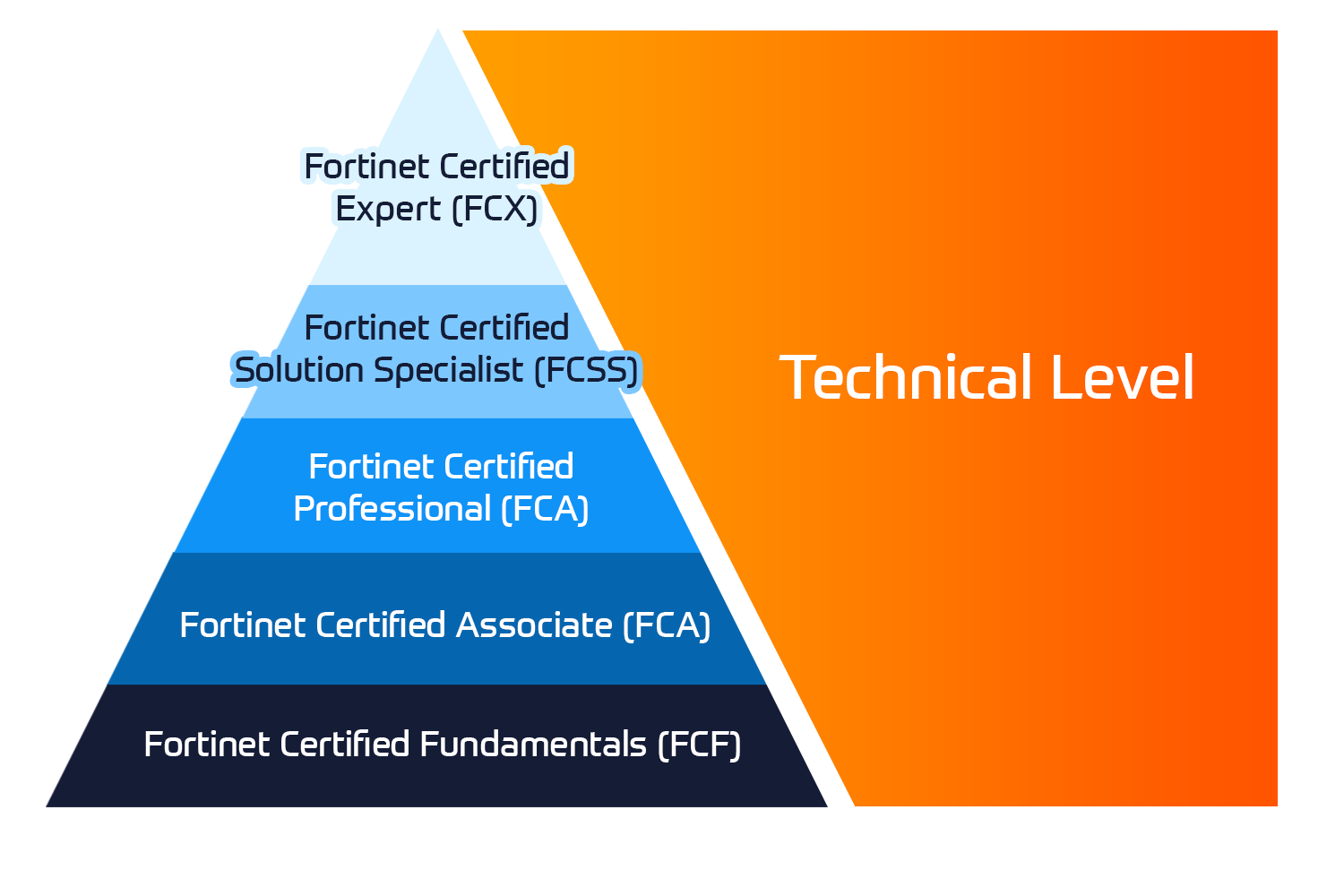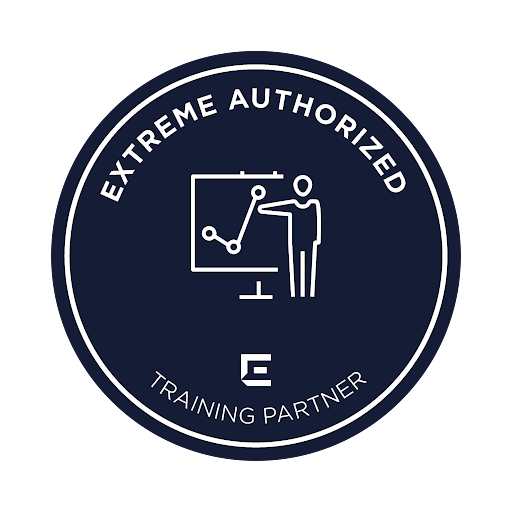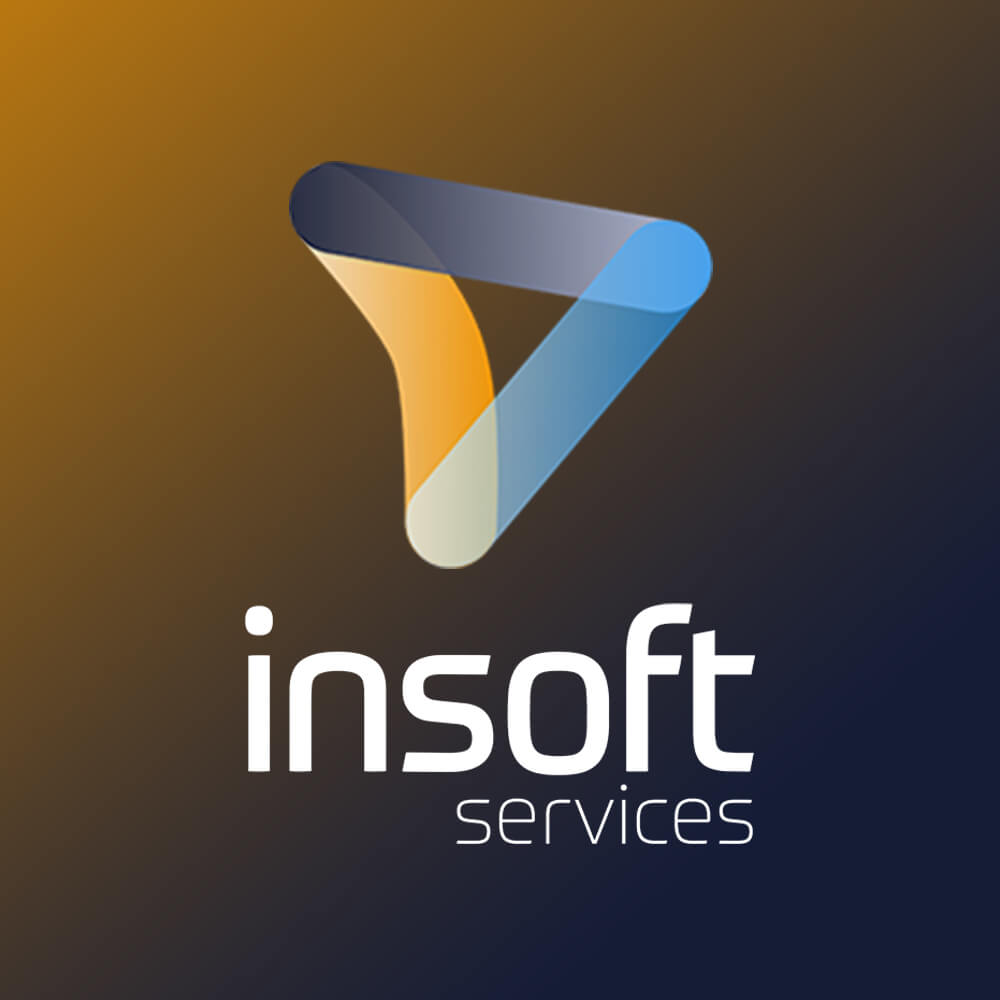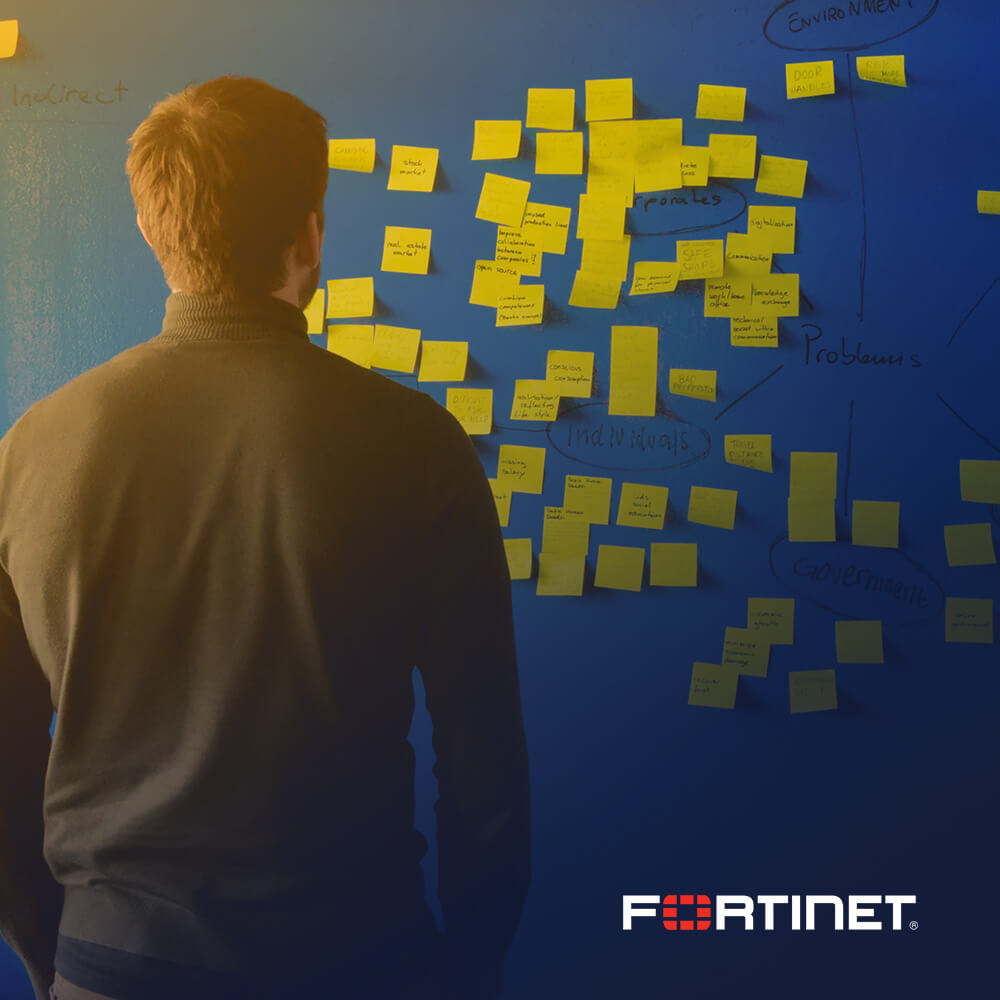The Designing HPE Hybrid IT Solutions 19.21 course teaches students the intermediate level skills to plan, design, recommend, and demonstrate HPE Hybrid IT solutions and deliver a proof-of-concept for a given solution to a customer.
The course includes lectures and activities in the ratio of approximately 25/75 (lecture/activities). Activities include sizing exercises using tools available from sources such as the HPE Partner Portal and exercises using HPE emulators.
Upon successful completion of this course, you should be able to:
- Describe, differentiate and apply industry standard architectures and technologies
- Gather and analyze customer business and technical requirements
- Recommend and position HPE Hybrid IT products, solutions, tools, and appropriate services for customer use cases
- Architect and design an HPE solution based on customer needs
- Present and demonstrate the solution to the customer and coordinate implementation planning
Module 1: Introduction to a Hybrid World
- An introduction to reference architectures and reference configurations
- Activity: Synergy and 3PAR Reference Architectures
- HPE overview
- HPE Hybrid IT
- Activity: Navigating the Hybrid IT portfolio at the HPE website
Module 2: Architecting and Designing Hybrid IT Solutions
- Assessing the customer’s requirements and environment
- Selecting the HPE platform
- HPE tools for selecting solution components, including demos of
- HPE Switch Selector
- SSD Storage Selector
- HPE Storage Sizer
- HPE OneConfig Advanced
- HPE 3PAR NinjaSTARS
- Developing the proposal
- Solution installation, configuration, and setup
- Activity: Lab exercise (emulator)—Monitoring storage with HPE InfoSight
Module 3: Recommending Hybrid IT Compute Solutions for Customer Use Cases
- HPE has it all
- Customer scenario 1: Microsoft Exchange Server 2016 on HPE ProLiant DL380 Gen10 Server
- Introducing the customer and customer requirements
- Activity: Information resources
- Reference Architecture
- Exchange 2016 Preferred Architecture
- Exchange Server Role Requirements Calculator
- Ask the Perf Guy—Sizing Exchange 2016 Deployments
- Building blocks of the solution
- Security in HPE servers
- Management tools, including activities
- Activity: ProLiant server management technologies
- Activity: Preboot environment
- Demo: UEFI System Utilities and UEFI Shell
- Activity: Performing basic shell operations in UEFI
- HPE rack and power, including activities
- Activity: HPE Reference Architecture for Microsoft Exchange Server 2016 on HPE ProLiant DL380 Gen10 Server
- HPE Sizer for Exchange Server 2016
- Alternative servers for smaller environments
- Customer scenario 2: HPE Reference Architecture for Microsoft SQL Server 2017 on Red Hat Enterprise Linux with HPE ProLiant DL560 Gen10
- Introducing the customer and customer requirements
- Activity: Information resources
- HPE Reference Architecture for Microsoft SQL Server 2017 on Red Hat Enterprise Linux with HPE ProLiant DL560 Gen10
- The Exchange 2016 Preferred Architecture
- ProLiant DL560 Gen10 Server QuickSpecs
- Workload-based Performance and Tuning Guide for Gen10 servers and HPE Synergy
- Operating System Support Matrix
- Building blocks of the solution
- Processors in HPE servers
- Memory for HPE servers, including activities
- Activity: HPE Persistent Memory
- Demo: Memory configurator
- Management tools, including activities
- Activity: Full control over all user interfaces [iLO5]
- Demo: Intelligent Provisioning
- Demo: Smart Storage Administrator
- Activity: HPE Reference Architecture for Microsoft SQL Server 2017 on Red Hat Enterprise Linux with HPE ProLiant DL560 Gen10
- Alternative servers for smaller environments
- Activity: Lab exercise (emulator)—Configuring ProLiant Gen10 and iLO 5 security
Module 4: Recommending HPE Data Center Networking Solutions for Customer Use Cases
- Customer scenario 3: Optimize data center networking with Cloud-First approach
- Introducing the customer and customer requirements
- Activity: Information resources
- HPE Cloud-First Reference Architecture Guide—2000 servers
- HPE FlexFabric 12900E QuickSpecs
- HPE FlexFabric 5940 QuickSpecs
- Building blocks of the solution
- Networking technologies and architectures
- Management tools, including activities
- Alternative components for smaller environments
- Activity: Lab exercise (emulator)—Configuring HPE networking
- Activity: Lab exercise (emulator)—Working with HPE Composable Fabric (Plexxi)
Module 5: Recommending Hybrid IT Storage Solutions for Customer Use Cases
- Customer scenario 4: Red Hat OpenShift on HPE Synergy and HPE Nimble Storage
- Introducing the customer and customer requirements
- Activity: Information resources
- HPE Reference Configuration for Red Hat OpenShift on HPE Synergy and HPE Nimble Storage
- HPE Deployment Guide for Red Hat OpenShift Container Platform on HPE Synergy with HPE Nimble Storage
- RHEL OpenShift Container Platform: Sizing Considerations
- Building blocks of the solution
- Management tools, including activities
Module 6: Recommending HPE Software-Defined and Cloud Solutions for Customer Use Cases
- Customer scenario 6: Red Hat OpenShift on HPE Synergy and HPE Nimble Storage
- Introducing the customer and customer requirements
- Activity: Information resources
- HPE Reference Configuration for Red Hat OpenShift on HPE Synergy and HPE Nimble Storage
- HPE Deployment Guide for Red Hat OpenShift Container Platform on HPE Synergy with HPE Nimble Storage
- RHEL OpenShift Container Platform: Sizing Considerations
- Building blocks of the solution
- Management tools, including activities
- Activity: HPE Reference Configuration for Red Hat OpenShift on HPE Synergy and HPE Nimble Storage
- Alternative components for different environments
- Customer scenario 7: HPE ProLiant for Microsoft Azure Stack data protection with Veritas NetBackup, HPE StoreOnce, and Cloud Bank Storage
- Introducing the customer and customer requirements
- HPE Reference Architecture on VMware Cloud Foundation on HPE Synergy Reference Architecture
- Software-defined infrastructure
- Building blocks of the solution
- HPE networking
- Management tools
- HPE RESTful API and PowerShell cmdlets, including activities
- Activity: HPE Reference Architecture for VMware Cloud Foundation on HPE Synergy
- Activity: Lab exercise (emulator)—Configuring composable infrastructure
- Activity:Lab exercise (emulator)—Managing server, networking, and storage datacenter components with HPE OneView
- Activity:Lab exercise (emulator)—Using HPE OneView Global Dashboard
- Activity: Lab exercise (emulator)—Using PowerShell cmdlets to manage data center infrastructure
- Activity: Lab exercise (emulator)—Using REST API for automation and integration
- Activity: Information resources
- HPE Nimble Storage
- HPE FlexFabric
- Storage technologies
- Activity: HPE Reference Configuration for Red
- Activity: HPE Cloud-First Reference Architecture Guide—2000 Servers Hat OpenShift on HPE Synergy
Module 7: Recommending Hybrid IT Hyperconverged Solutions for Customer Use Cases
- Customer scenario 8: VMware Horizon on HPE SimpliVity 380 Gen10
- Introducing the customer and customer requirements
- Activity: Information resources
- HPE Reference Architecture for VMware Horizon on HPE SimpliVity 380 Gen10
- HPE SimpliVity 380 Gen10 QuickSpecs
- HPE SimpliVity 2600 Gen10 QuickSpecs)
- Activity: HPE SimpliVity efficiency
- Industry standard architectures and drivers
- Building blocks of the solution
- Management tools, including activities
- Activity: HPE Reference Architecture for VMware Horizon on HPE SimpliVity 380 Gen10
- Alternative servers for other environments
- Data virtualization platform
Module 8: Recommending HPE Density and Mission Critical Solutions for Customer Use Cases
- Customer Scenario 9: Artificial Intelligence on HPE Elastic Platform for Analytics
- Introducing the customer and customer requirements
- Activity: Information resources
- HPE Reference Architecture for AI on HPE Elastic Platform for Analytics (EPA) with TensorFlow and Spark
- HPE Reference Configuration for Elastic Platform for Analytics (EPA)
- HPE EPA Sizing Tool
- Building blocks of the solution
- High performance computing
- Big data
- HPE services
- Management tools, including activities
- Activity: HPE Sizer for the Elastic Platform for Analytics
- Alternative servers for different environments
- Customer scenario 10: HPE Reference Architecture for Oracle 18c OLTP and OLAP workloads on HPE Superdome Flex and HPE 3PAR Storage Reference Architecture
- Introducing the customer and customer requirements
- Activity: Information resources
- HPE Reference Architecture for Oracle 18c OLTP and OLAP workloads on HPE Superdome Flex and HPE 3PAR Storage
- HPE Superdome Flex Quickspecs,
- HPE Superdome Flex server architecture and RAS
- Building blocks of the solution
- Management tools, including activities
- Activity: Design Superdome Flex solution
- Activity: Lab exercise (emulator)—Working with HPE Superdome Flex
Module 9: Validating and Presenting the Solution
- Customer scenario: Configuring infrastructure for virtualization
- Introducing the customer and customer requirements
- Activity: Configuring infrastructure for virtualization and presenting recommended solution
The ideal candidate typically has a minimum of three years of design and/or operational experience or the equivalent in at least one of the core HPE areas (server, storage, networking), and six months design and/or operational experience in other HPE solutions and technologies.
HPE ATP—Hybrid IT Solutions V1, or the Building HPE Hybrid IT Solutions , Rev. 18.41 (01120590) course








































 Germany
Germany Denmark
Denmark Norway
Norway Sweden
Sweden Italy
Italy Netherlands
Netherlands Finland
Finland








 Duration
Duration
 Delivery
Delivery  Price
Price